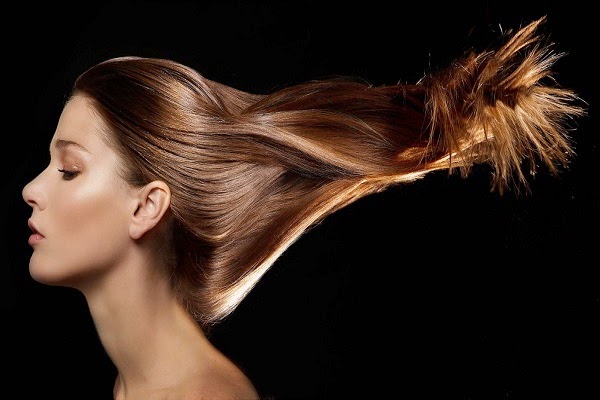Do you have fine hair that’s difficult to manage? No matter how you style it, does it still look limp and devoid of body? Although fine hair may also be thin, this isn’t necessarily the case. Some people have fine hair that’s quite thick, meaning they have lots of hair, but the diameter of each individual hair stand is thin. Hair that’s both fine and thin can look and feel like you have no hair. If you’re wrestling with the problem of fine hair and looking for a new style, which one should you choose?
What’s the best cut for the fine hair?
When choosing a cut for fine hair, it’s important to work within the boundaries of your particular hair type. Fine hair isn’t going to be coarse so matter how many styling products are applied. Some women with straight, fine hair try to alter the texture by getting a perm, but this usually creates more problems than it solves. Fine hair is prone to damage and breakage from harsh chemical treatments, the result? Fine hair that’s also broken and damaged.
Keep in mind that some haircuts work better for fine hair than others. The right cut can often dramatically change the appearance of even the finest hair. Here are some tips for choosing the best but for fine hair.
Best cut for fine hair: Take off some length
Something cutting a few inches off of fine hair will give it the lift it needs to look fuller. If you’ve always had long hair, there’s no need to make a drastic change. Start by taking off an inch or two and see if it gives your hair more volume. If you plan on keeping fine hair longer, cut the ends as bluntly as possible to add fullness. If you’re still not satisfied, you can always cut more. Don’t take off too much hair too quickly if you've always been a long haired gal.
Best cut for fine hair: Try a bob
A bob may be the perfect cut for fine hair. The crisp, clean cut lines add fullness and the shorter length gives fine hair additional lift. The length of a bob should be dictated by face shape. An oval face with good bone structure and a defined chin can be enhanced by a shorter bob that hits at the mid cheek level, while a weaker chin looks best with a bob that hits below chin level. A graduated bob is another option to add additional body and definition to fine hair. Bangs can be used to camouflage a high forehead or accentuate the eyes. It can be helpful to try on Wigs that are cut into a bob style to see which cut is most flattering to your face before getting the actual haircut.
Best cut for fine hair: Add some layers
Layers, particularly around the crown, can add additional volume to fine hair. When hair is layered at the crown, it can be blown dry with a round brush to add additional height and lift. Layering is best.
If you want you can also explore other options such as Hair Extensions and Full Lace Wigs that will give you a completely new look. There is also the possibility to have Custom Wigs made especially for you.


